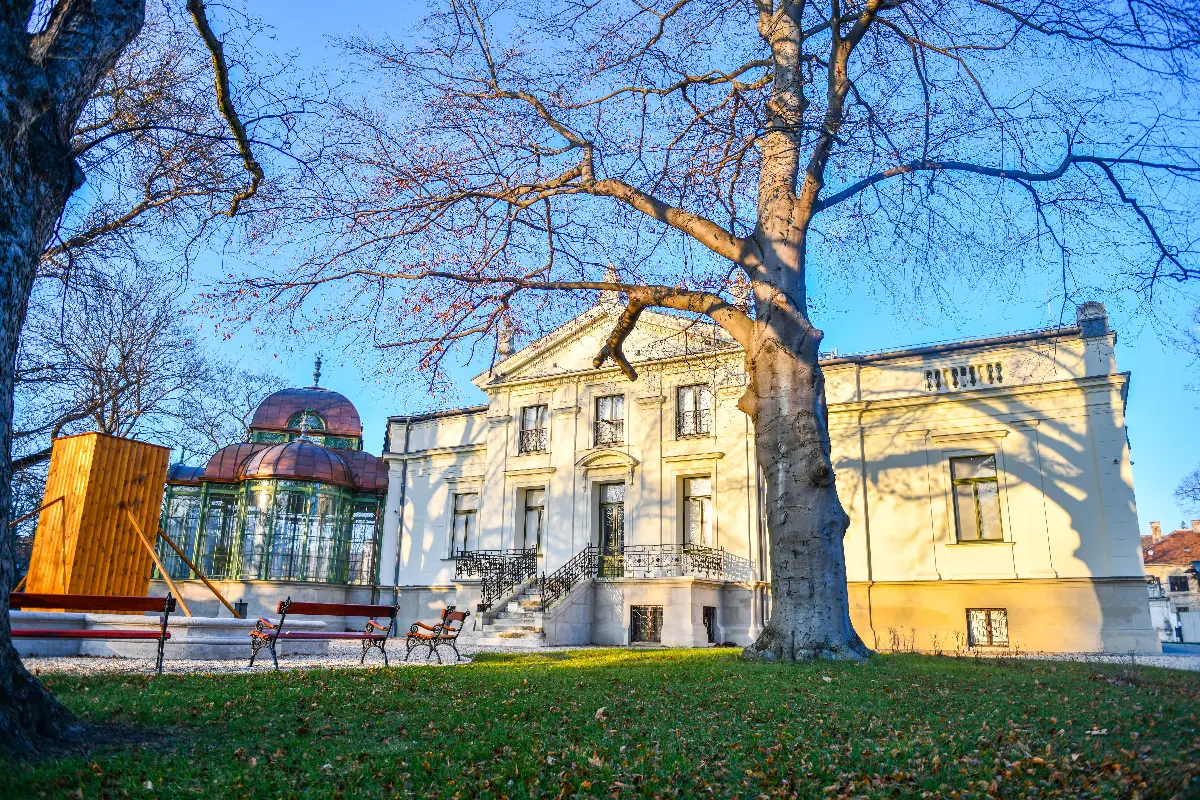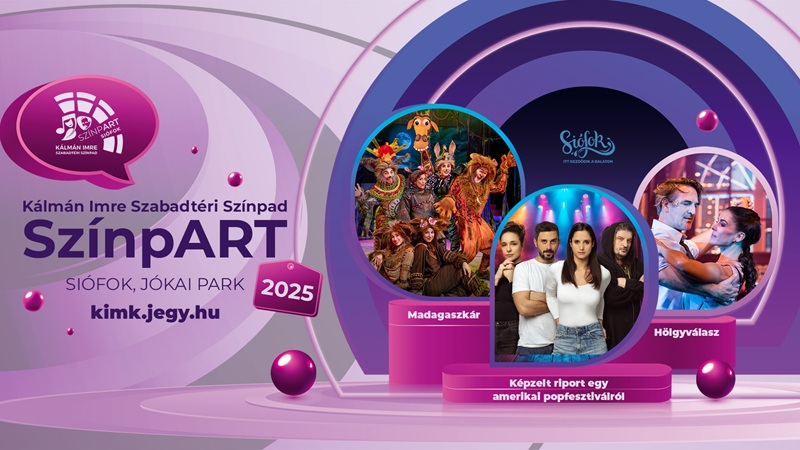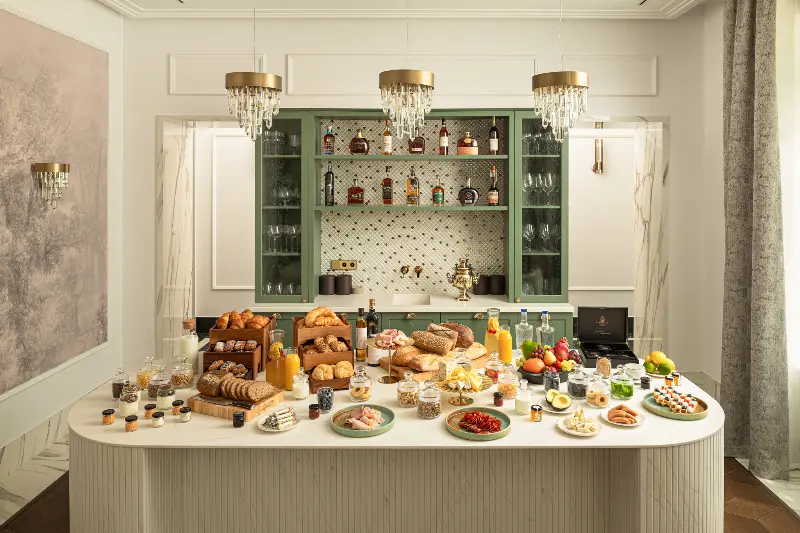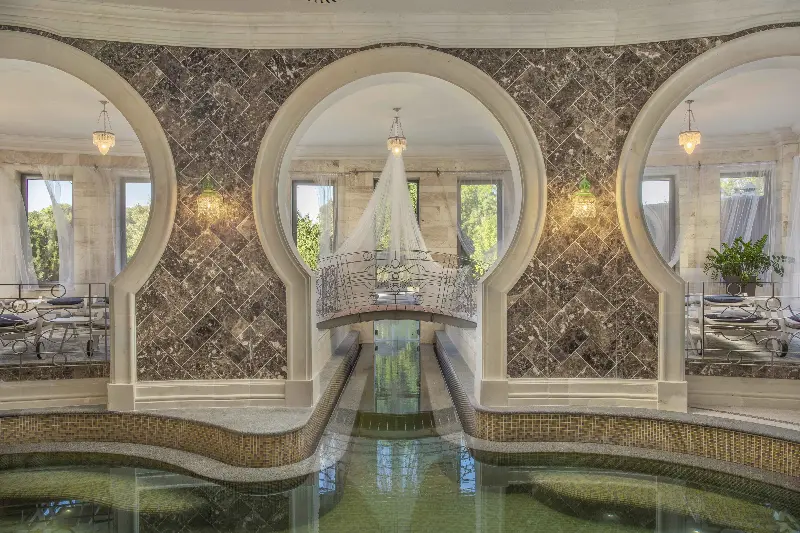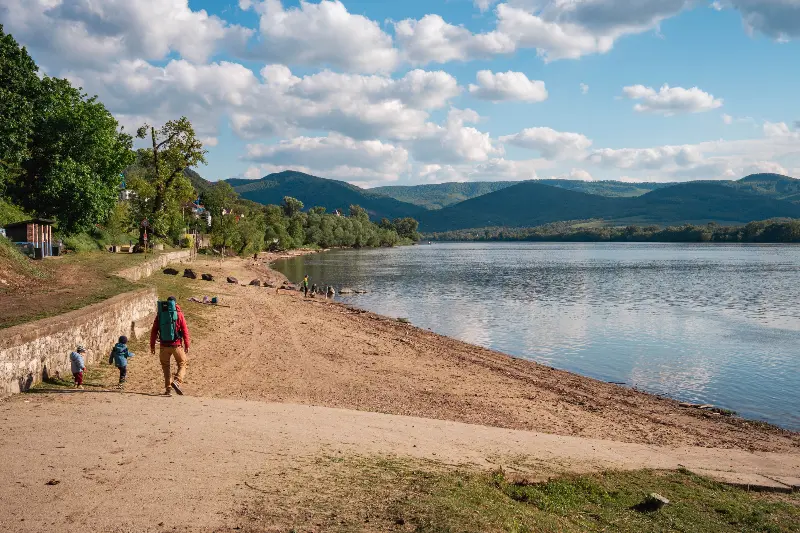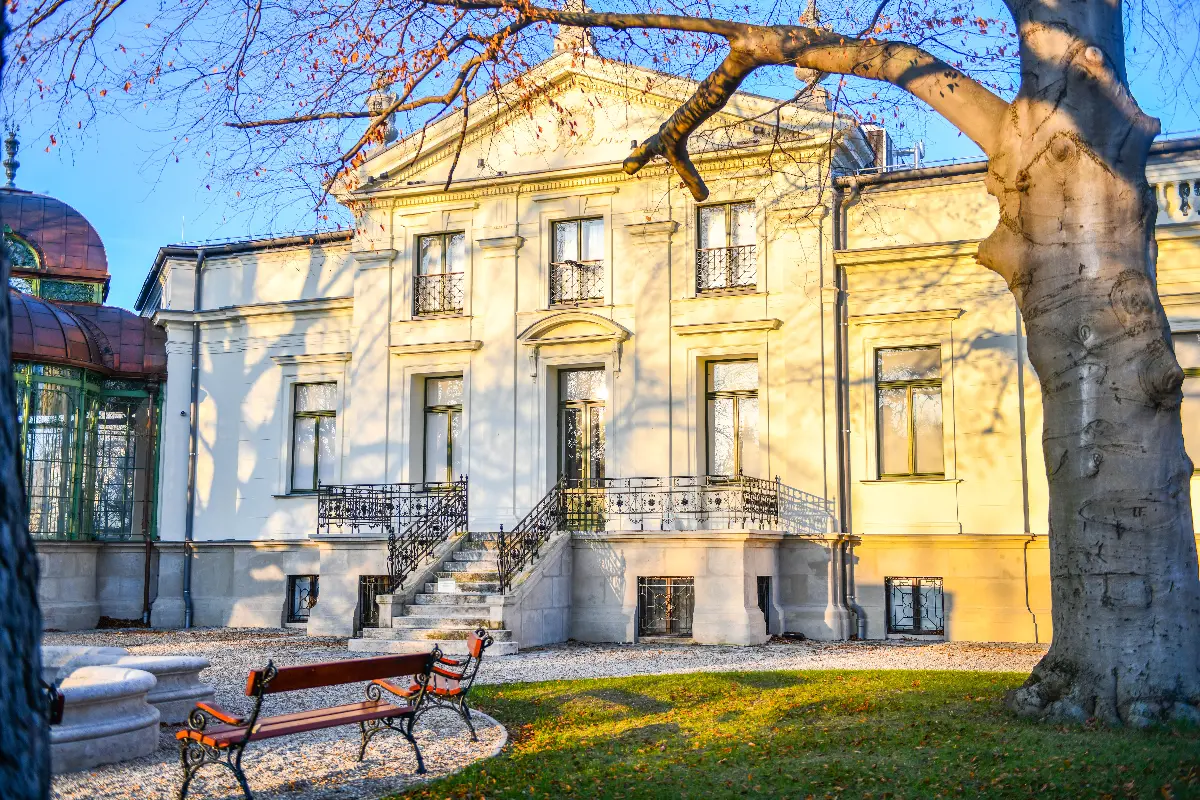
Helyszín címkék:
If you are curious about the everyday life of a bourgeois family from the 19th century, you are in the right place at Villa Lenck!
Käesz Judit
In the last third of the 19th century, the wealthy wholesale families of Sopron - Lenck, Flandorffer and the Russ family - began to build their town villas at the same time. Sopron was a prosperous trading town before 1848, the economic life was dominated by about 40 merchant families, who at that time were mostly engaged in wine. Philloxera put an end to this at the end of the 19th century, and these families made a trial of banking, stock exchanges, industrial investments, unfortunately with little success. Villa construction also began at this time - with villas built with high cost and hitherto unknown splendour and luxury, they wanted to restore confidence in their business and themselves.

The Lenck family – a German-speaking evangelical family – settled in Sopron from Saxony at the end of the 17th century. Their ancestor from Sopron, a German cloth cutter, became a citizen, and his four sons founded the four main branches of the family. The merchant branch was founded by Samuel, the youngest son. His wine trade was taken over by his son and the spice-colonial- and wine-trader later also opened a paint-paper store. Thanks to its prosperous companies, he became one of the richest citizens of the city. From his marriage he had 14 children, 9 of whom reached adulthood. In the millionaire father’s will, he left the wine shop, the general store and the insurance company to his two eldest sons, Emil Lenck and Gyula managed them together. Emil Lenck inherited the area of the current museum garden from his father, where this large, lavishly furnished villa was completed in 1892.
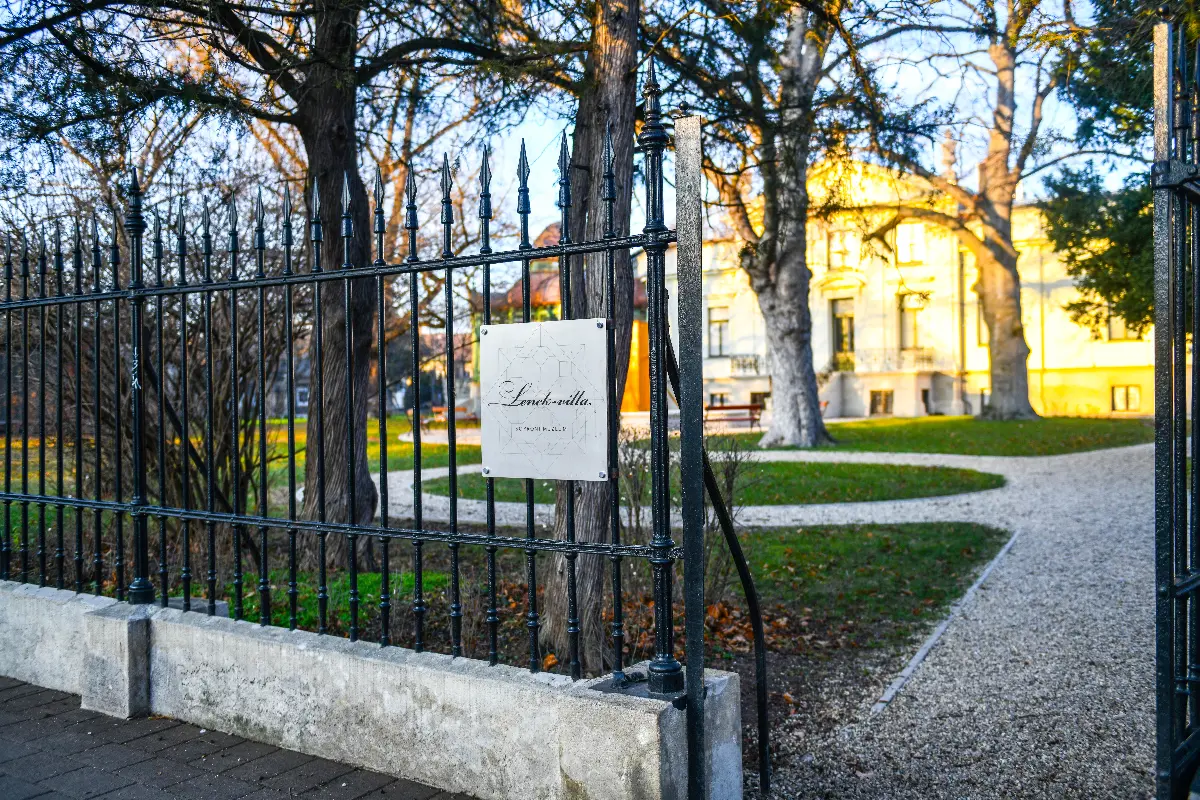
The 1740-square-meter villa, built in 1890 in a neoclassical-eclectic style, is a unique piece of villa architecture in the city. It was built according to the plans of Viennese architect Ottó Hofer. Emil Lenck lived here with his wife Julia Fritz and their four children. Ignoring his father’s admonition, he began to play on the stock market, causing a huge loss to the family business. His brothers did not prosecute him, but he had to move out of the villa. The villa was then leased to Prince Schaumburg-Lippe. The family business was carried on by his younger brother, but he did not learn from the bad examples either, so the company went into liquidation and his assets were sold. It is interesting that once Frederick VIII, the Danish king also lived within the walls of the building. The villa in the park was purchased in 1907 by the Archaeological Society for a palace of culture.
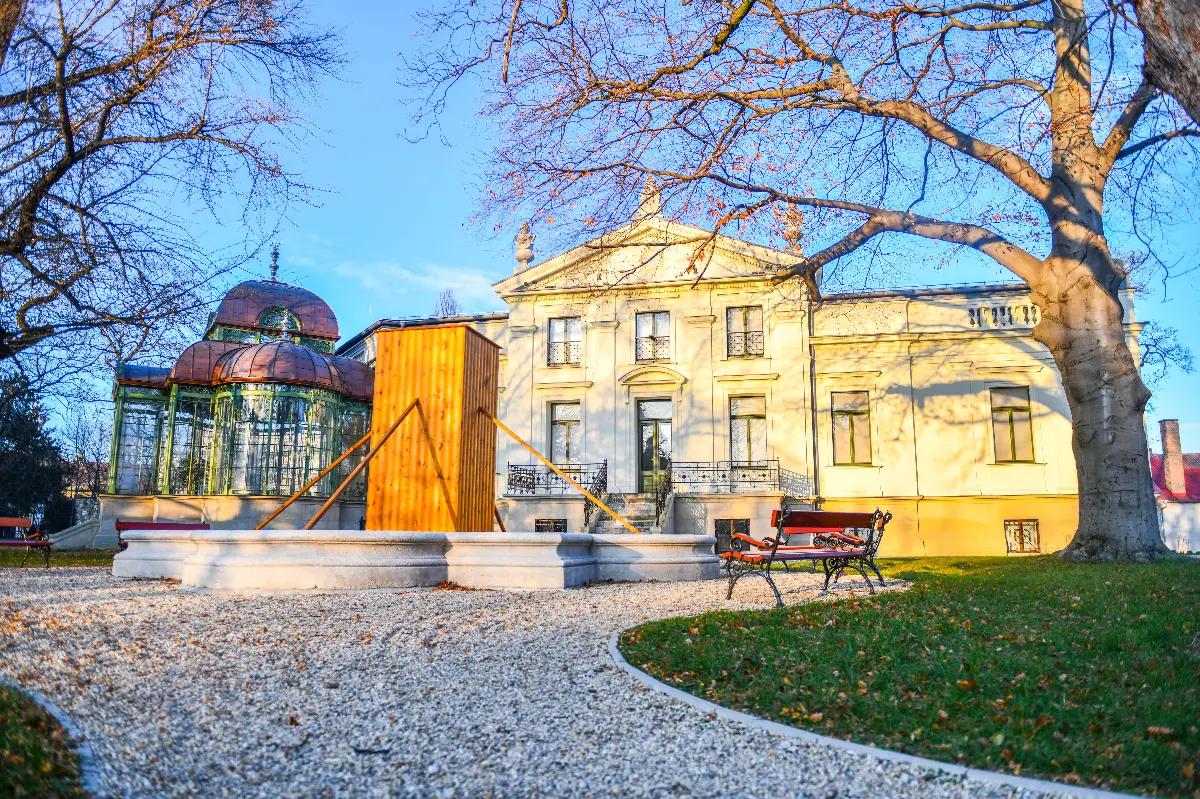
Even today entering the villa we can feel the atmosphere of the 19th: cattler teacups, soft laughter, ladies in white dresses with umbrellas resting under the trees. The “Masterpiece. Civic Life and Crafts in the late 19th Century Sopron” exhibition is very different from the usual: it tells about where and how the life of craftsmen and urban citizens meet. In the villa we are accompanied by members of a fictional 19th century bourgeois family, and although the era and circumstances correspond to those of the Lenck family, they are not the same as them. The Hofmann family is a descendant of a pureblooded poncichter dynasty who is the largest wine merchant in the area. His wife is Sidonia Weiss, their three children are Lisa, Hansi and Karli. Now everyone is getting ready for Lisa’s wedding: we can accompany the compilation of the trousseau and the wedding preparations along with them. More than a thousand works of art, furnished workshops, currently living crafts on films illustrate the medium of the once guild world. Here we can read a real late 19th century etiquette guide about dressing, posture, exercise, social life, walking on the streets, carriage rides, dancing and eating. In the museum park surrounding the villa, under the huge shady trees, the conservatory and the rebuilt fountain offer a beautiful view. On the other side of the villa, there are tombstones along the 17th-century city wall. In the shop we can buy souvenirs inspired by the bourgeois villa building and the special artefacts of the exhibition.

